Cerebral Palsy Awareness: Recognizing Abilities Beyond Disabilities
In a world that constantly celebrates achievements, abilities, and milestones, there is a need to shine a light on conditions that challenge conventional norms. Cerebral Palsy Day, marked on the calendar as a day of reflection and awareness, offers us the opportunity to look into the complexities of this condition, its origins, and why it’s essential to recognize it. This blog aims to provide a comprehensive understanding of cerebral palsy, exploring its signs and symptoms in children, its causes, and life expectancy, and drawing inspiration from extraordinary individuals like Christy Brown who defied the odds.
Learn More | https://tutecktechnologies.com/products/edukkasen/
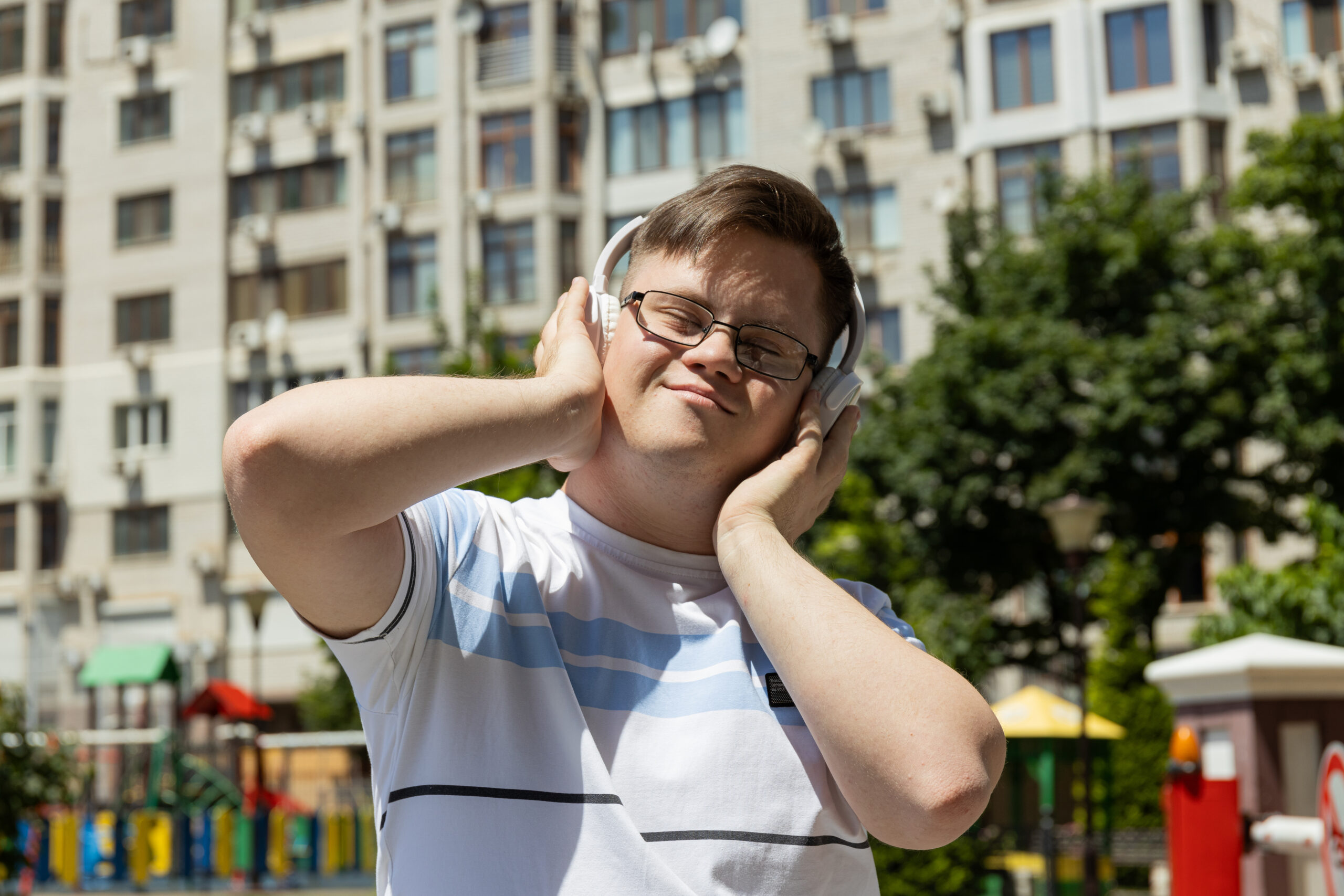
Origins and Importance of Cerebral Palsy Day
Cerebral palsy is a neurological condition that affects motor skills and muscle movement. It occurs due to brain damage or abnormalities during fetal development or infancy. This condition has no known cure, making early intervention and support crucial. Cerebral Palsy Day originated from a simple idea – to spread awareness and ensure that people living with cerebral palsy are included and celebrated in society. It’s a day when individuals, families, and organizations come together to raise awareness about this condition, its challenges, and the remarkable abilities of those who live with it.
Signs and Symptoms in Children
Cerebral palsy manifests differently in each individual, but there are some common signs and symptoms to look out for in children. These include delays in reaching developmental milestones like crawling or walking, muscle stiffness or weakness, and difficulty with coordination. Children with cerebral palsy may also have speech and communication challenges, as well as difficulty with fine motor skills such as writing or buttoning clothes.
This congenital disorder typically manifests its symptoms during the first year after birth, making early diagnosis challenging, especially in cases of mild symptoms. These children often experience delays in reaching growth milestones, hindering their physical development. Younger babies exhibit stiff and overextended bodies, while older infants struggle to roll over or bring their hands to their mouths. As they grow, crawling and walking become formidable tasks.
The journey for children with cerebral palsy is marked by resilience as they navigate these complex hurdles with determination and support from their families and communities.
Cerebral Palsy (CP) is a complex condition that manifests in various ways, and it can be categorized into different types based on the number of limbs affected and the type of movement patterns observed:
- Quadriplegic CP: In this type, all four limbs, both arms, and both legs (4 limbs) are affected. It’s important to note that having quadriplegic CP doesn’t necessarily mean that the child cannot move their arms and legs at all; it simply indicates that all four limbs are involved.
- Hemiplegic CP: Hemiplegic CP affects one arm and one leg (2 limbs) on the same side of the body. This type of CP often results in challenges with coordinated movement on one side.
- Diplegic CP: Diplegic CP primarily involves both legs. Children with diplegic CP may experience difficulties related to mobility and muscle control in their lower limbs.
- Triplegic CP: This type of CP affects both legs and one arm (3 limbs). It can present unique challenges, especially when it comes to activities that require the use of both arms and legs.
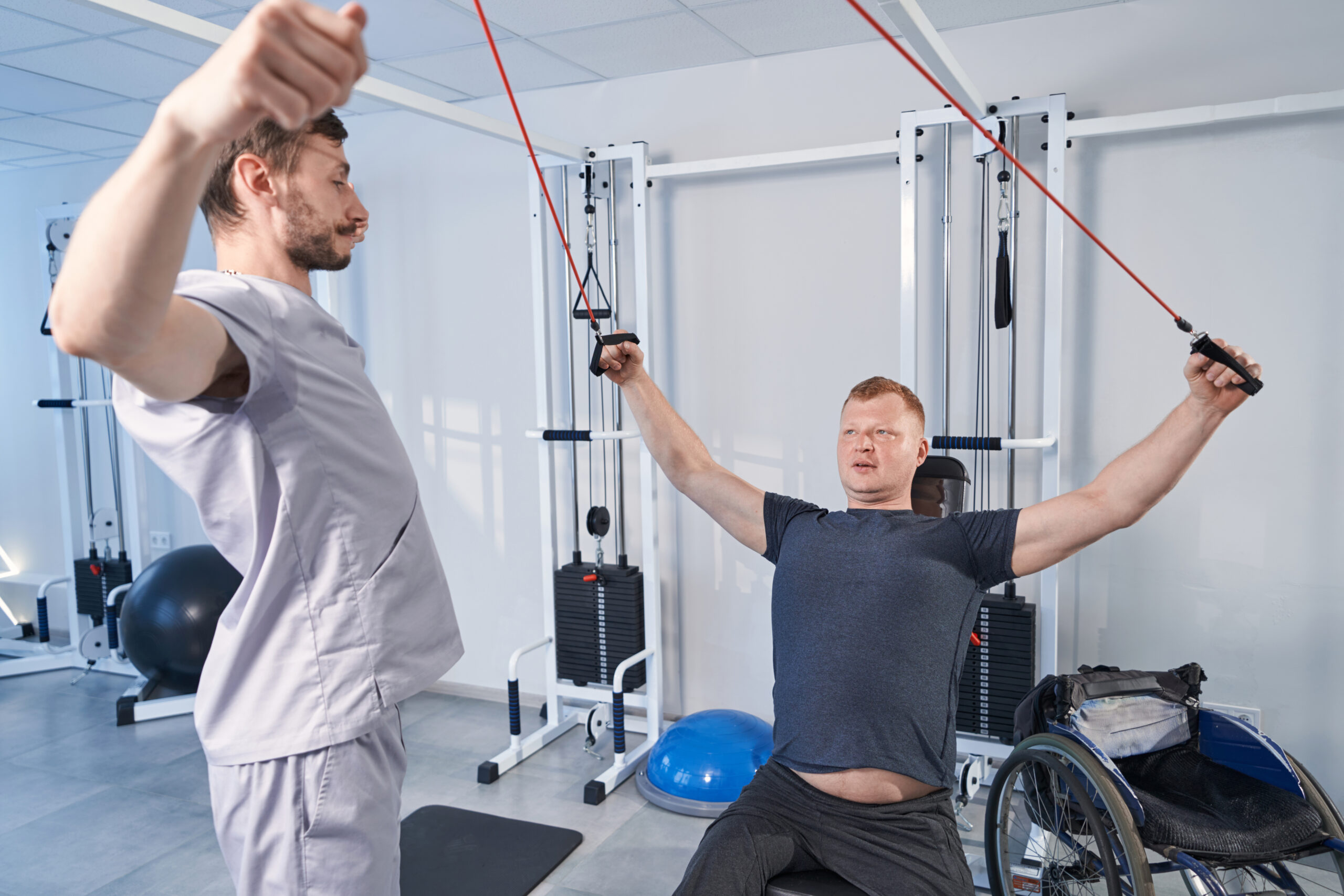
CP can also be characterized by the type of movement pattern observed in the affected limbs:
– Spastic CP: Individuals with spastic CP experience increased muscle tone, which leads to muscles feeling “tight” or “stiff.” Spasticity in CP is characterized by velocity-dependent resistance to movement, meaning that the faster you try to stretch a joint, the more resistance you encounter.
– Hypotonic CP: Hypotonia, associated with this type of CP, means that the child has low muscle tone, making their limbs appear “floppy.” Hypotonic CP can result in challenges related to muscle strength and control.
– Athetoid CP: Athetoid CP is characterized by repetitive, purposeless twisting and turning movements of the limbs. Children with this type of CP often struggle to control their movements, which can affect their fine motor skills and coordination.
It’s essential to understand that most children with CP may exhibit some overlap in these types, but typically, one type is more predominant or noticeable in their presentation. For instance, a child with spastic CP may primarily experience increased muscle tone in their limbs while also having low muscle tone (hypotonia) in their neck and trunk muscles. These distinctions help healthcare professionals tailor interventions and therapies to meet each child’s specific needs.
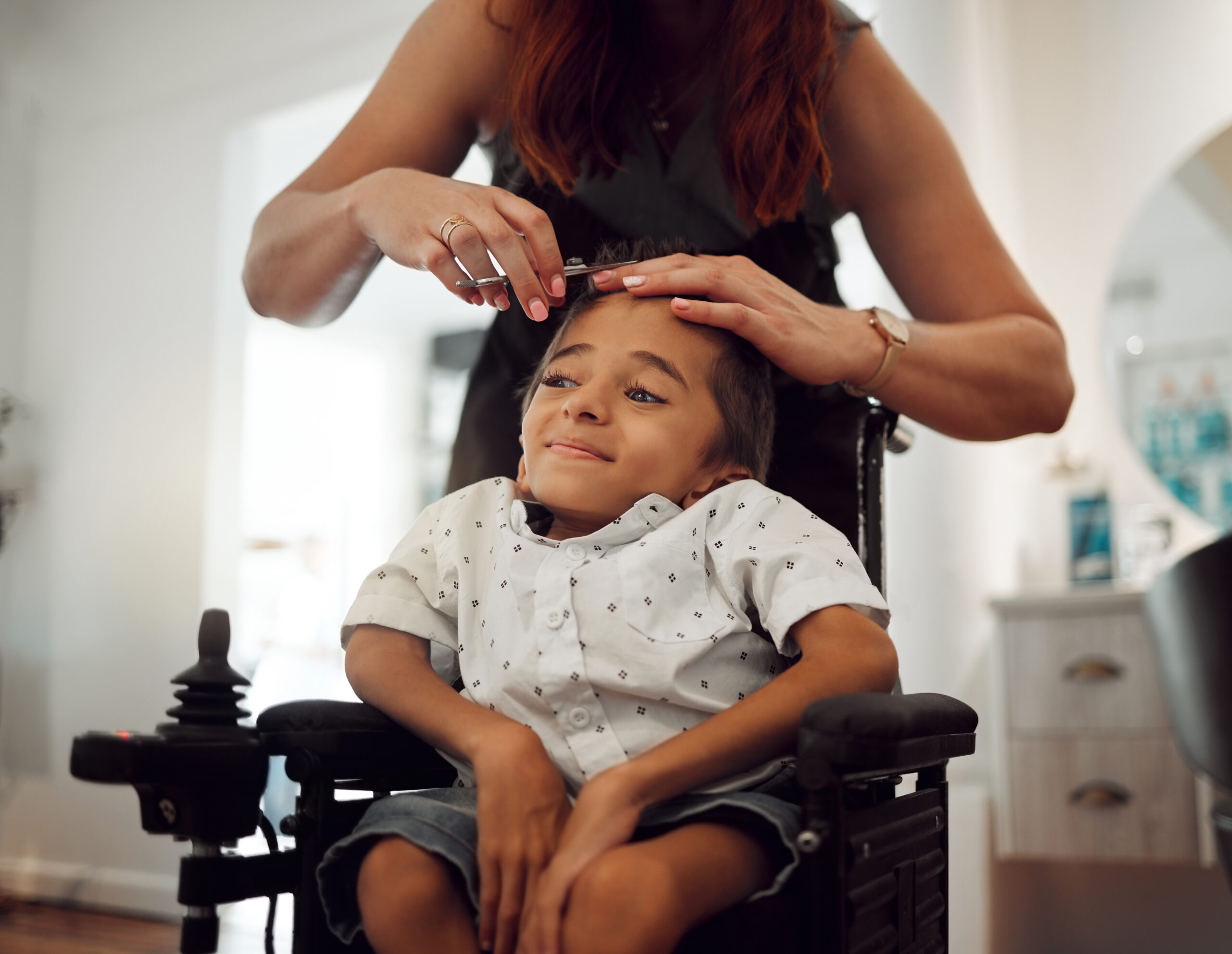
Learn More | https://tutecktechnologies.com/products/edukkasen/
Causes of Cerebral Palsy
Understanding the causes of cerebral palsy is essential in both prevention and support. Brain damage or abnormalities during pregnancy, birth, or the early years of life are the primary factors contributing to this condition. Factors such as premature birth, low birth weight, infections during pregnancy, and certain genetic conditions may increase the risk. Additionally, accidental exposure to toxins, and complications during birth, such as uterine rupture or issues with the umbilical cord, are potential contributors to cerebral palsy. However, it’s important to note that not all cases have a clearly identifiable cause.
Drawing inspiration from Christy Brown and Malini Chib
One of the remarkable aspects of the human spirit is its ability to defy limitations. While cerebral palsy may present significant challenges, it doesn’t define one’s life expectancy or potential.
Christy Brown was an exceptional individual who defied the limitations imposed by cerebral palsy, excelling as a painter, poet, and author. Using only his left foot, he produced intricate and expressive artwork, capturing vibrant colors and details in his paintings. Brown’s literary talent shone through in his poetry, novels, and the poignant autobiography “My Left Foot,” which was later adapted into a film. Beyond his artistic achievements, he became an advocate for individuals with disabilities, inspiring countless people with his story of resilience and creativity in the face of adversity. Christy Brown’s legacy continues to inspire, emphasizing the profound potential within every individual, regardless of physical challenges.
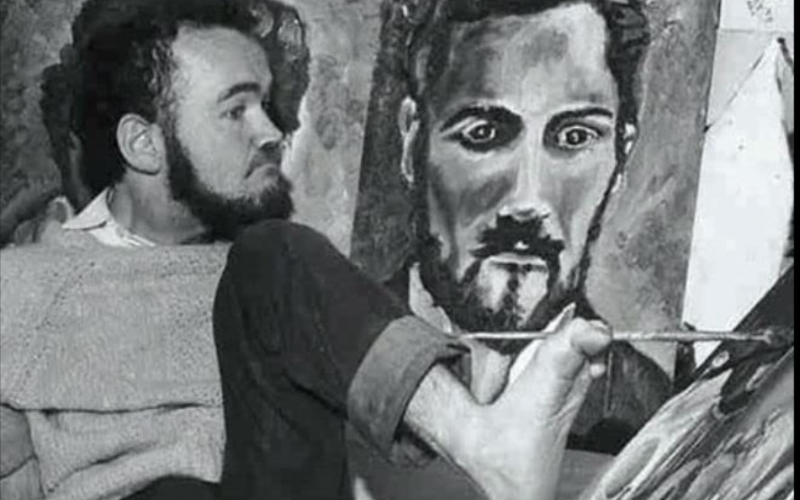
Source |
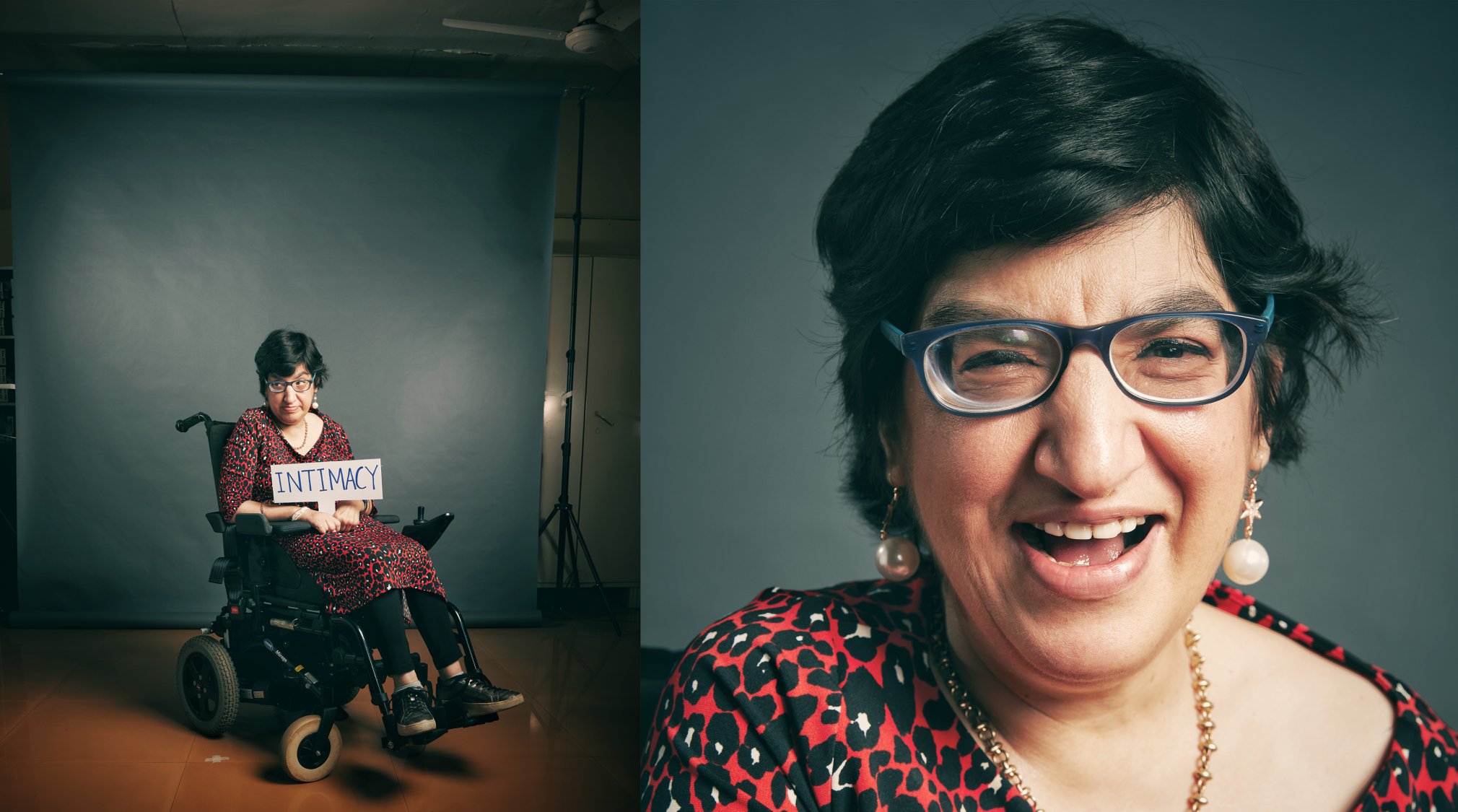
Source |
Photoquip India
Malini Chib, an accomplished author and disability rights activist, is a remarkable individual who has made significant contributions while living with cerebral palsy. Born in India in 1976, Malini’s life journey has been a testament to her resilience and determination to overcome obstacles. She was diagnosed with cerebral palsy at birth, which affected her mobility and speech. However, she never allowed her condition to define her capabilities or limit her aspirations. With the unwavering support of her family, she pursued education and became an inspiration to many.
One of Malini’s most notable achievements is her career as an author. Despite the challenges posed by her condition, she used a specialized computer program and a headstick to write her autobiography titled “One Little Finger.” In this book, she eloquently shares her experiences, challenges, and triumphs, providing readers with profound insights into her world. “One Little Finger” has received critical acclaim and has been translated into multiple languages, spreading her message of hope and resilience to a global audience.
In addition to her writing, Malini Chib is a dedicated advocate for disability rights. She actively works to raise awareness about cerebral palsy and other disabilities in India and beyond. Through her motivational speeches and participation in international conferences, she strives to break down societal stigmas and barriers that people with disabilities face. Her determination and achievements have earned her numerous awards and accolades, including the National Role Model Award from the President of India. She has also been featured in documentaries and media outlets, further amplifying her impact and advocacy.
Malini Chib’s life story serves as a powerful reminder that individuals with disabilities possess immense potential and can make valuable contributions to society. Her advocacy work and literary contributions have not only inspired countless people but have also played a vital role in advancing the rights and inclusion of individuals with disabilities in India and around the world. Malini Chib’s journey embodies the spirit of resilience and the belief that one’s abilities can shine brighter than any disability.
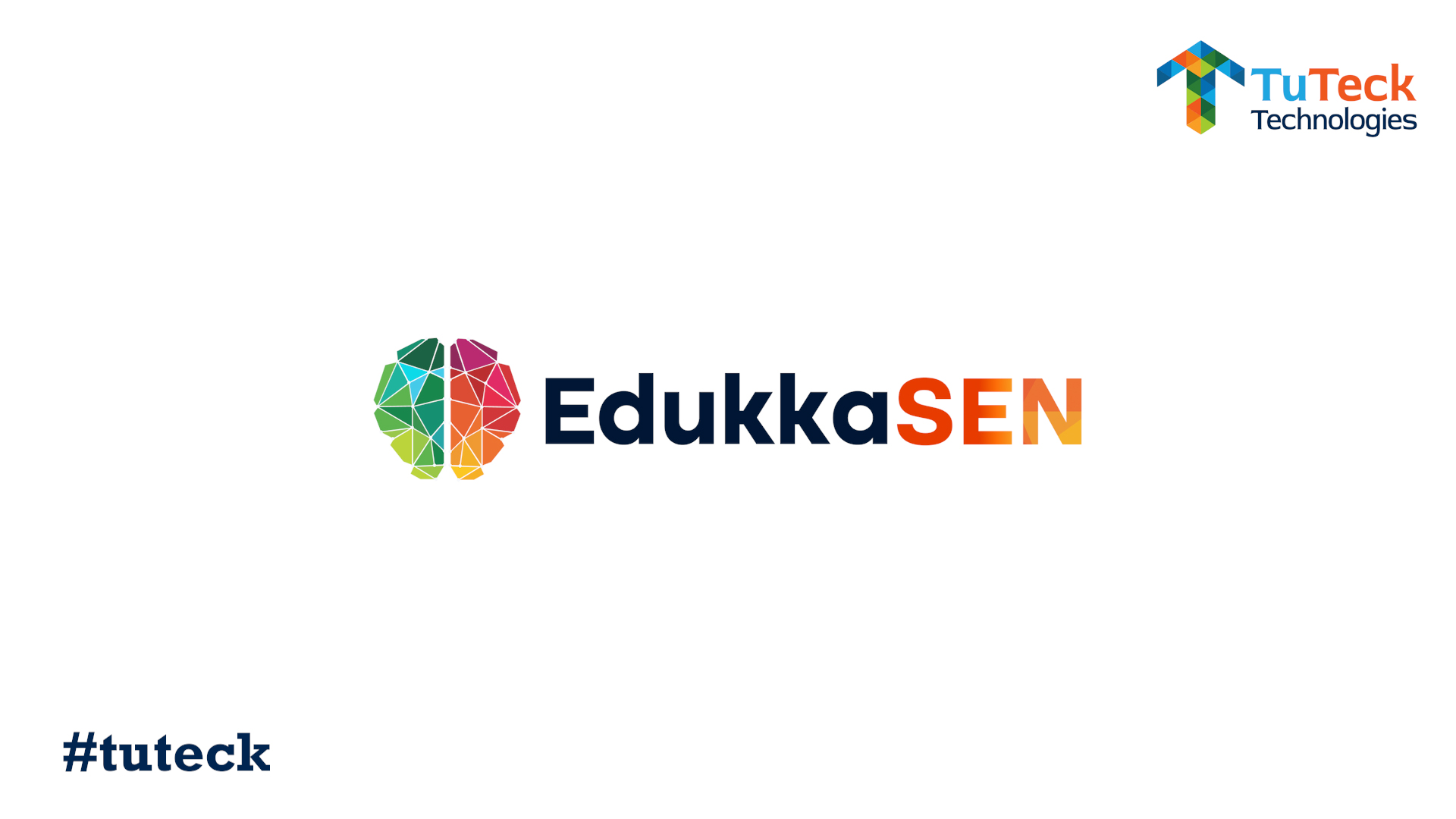
Learn More | https://tutecktechnologies.com/products/edukkasen/
EdukkaSEN by TuTeck Technologies
In a world that’s increasingly connected through technology, innovation can play a pivotal role in improving the lives of individuals with cerebral palsy and their families. TuTeck Technologies has stepped up to the challenge by creating EdukkaSEN, a platform that brings a gamified self-learning experience for children with cerebral palsy. This platform harnesses the power of augmented reality to keep children engaged, motivated, and empowered through an interactive graphical interface.
EdukkaSEN doesn’t stop at engaging children; it also focuses on enhancing their knowledge base and problem-solving skills. The platform offers specialized mentoring sessions led by advisors who understand the unique needs of children with learning disabilities. Additionally, EdukkaSEN provides an online library of resources tailored specifically for parents of children with special needs. These resources are designed to offer guidance, support, and educational materials that cater to the needs of both parents and their specially-abled children.
In conclusion, Cerebral Palsy Day is a reminder that every individual, regardless of their abilities or challenges, deserves recognition, support, and the opportunity to thrive. It’s a day to reflect on the complexities of cerebral palsy, its causes, and the incredible achievements of those who overcome its hurdles. EdukkaSEN by TuTeck Technologies stands as a beacon of hope, offering a platform that empowers children with cerebral palsy to learn, grow, and achieve their dreams, all while emphasizing the importance of parental support.

